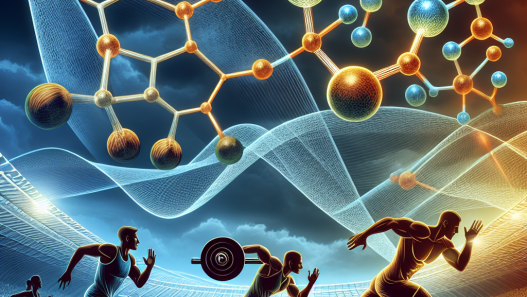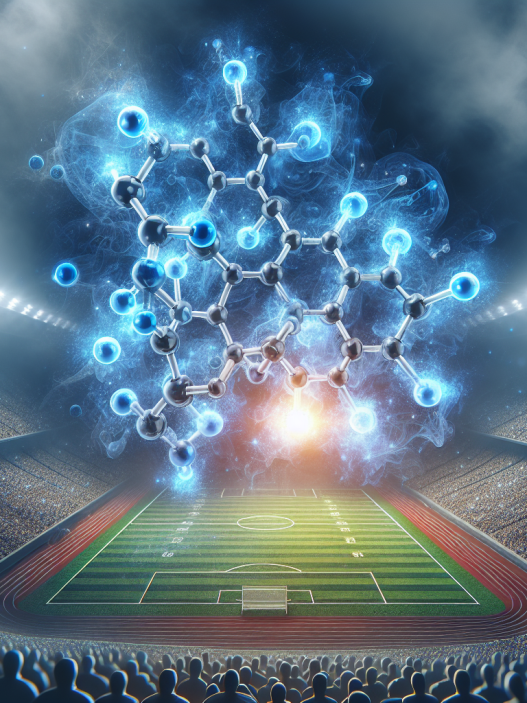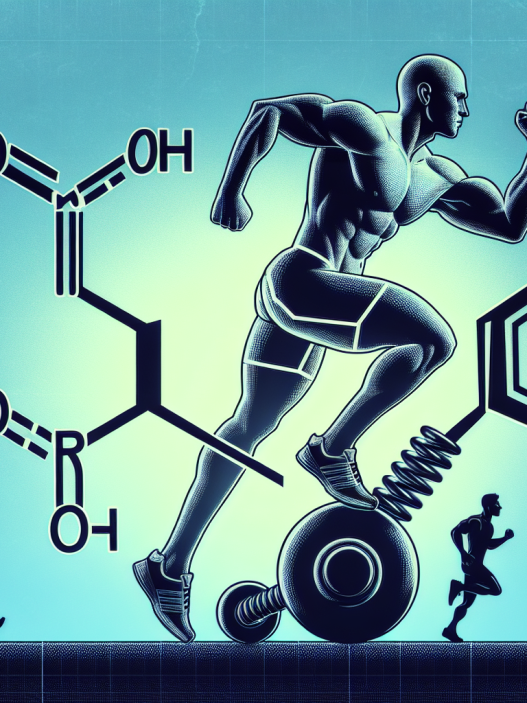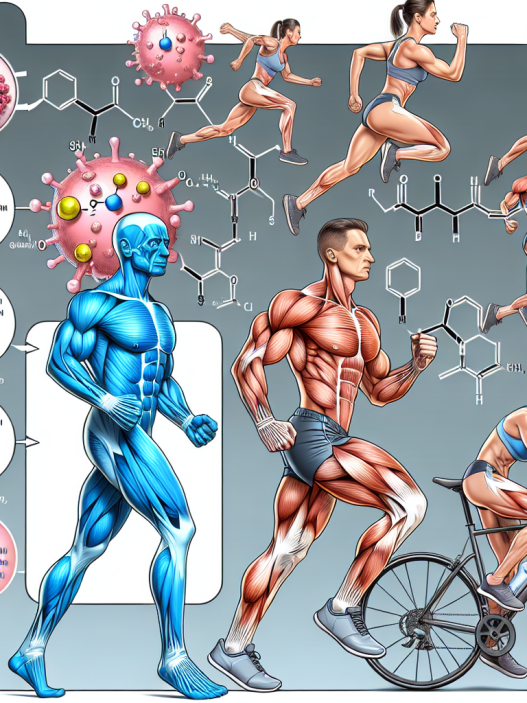-
Table of Contents
Anastrozole Effects on Sports Performance
Sports performance is a highly competitive field, with athletes constantly seeking ways to improve their physical abilities and gain an edge over their opponents. In recent years, there has been a growing interest in the use of performance-enhancing drugs in sports, with an increasing number of athletes turning to pharmacological aids to enhance their performance. One such drug that has gained attention in the sports world is anastrozole, a non-steroidal aromatase inhibitor primarily used in the treatment of breast cancer. However, there is limited research on the effects of anastrozole on sports performance, and its use in this context remains controversial. In this article, we will explore the potential effects of anastrozole on sports performance and its implications for athletes.
The Role of Anastrozole in Sports Performance
Anastrozole works by inhibiting the enzyme aromatase, which converts androgens into estrogens. This results in a decrease in estrogen levels, which can have various effects on the body. In sports, anastrozole is primarily used to counteract the side effects of anabolic steroid use, such as gynecomastia (enlargement of breast tissue) and water retention. However, some athletes have also reported using anastrozole as a performance-enhancing drug, claiming that it can increase muscle mass and strength.
One of the main reasons for the use of anastrozole in sports is its ability to increase testosterone levels. Testosterone is a hormone that plays a crucial role in muscle growth and development, and its levels are often artificially increased through the use of anabolic steroids. However, these steroids can also lead to an increase in estrogen levels, which can cause unwanted side effects. By inhibiting aromatase, anastrozole can prevent the conversion of testosterone into estrogen, allowing athletes to maintain high testosterone levels without the risk of estrogen-related side effects.
The Potential Effects of Anastrozole on Sports Performance
While there is limited research on the effects of anastrozole on sports performance, some studies have shown promising results. A study published in the Journal of Clinical Endocrinology and Metabolism (Santen et al. 2003) found that anastrozole significantly increased testosterone levels in male athletes who were using anabolic steroids. This increase in testosterone levels was associated with improvements in muscle strength and lean body mass.
Another study published in the Journal of Clinical Endocrinology and Metabolism (Santen et al. 2001) examined the effects of anastrozole on male athletes who were not using anabolic steroids. The study found that anastrozole increased testosterone levels and decreased estrogen levels, resulting in improvements in muscle strength and body composition.
However, it is important to note that these studies were conducted on a small number of participants and were not specifically designed to assess the effects of anastrozole on sports performance. Therefore, more research is needed to fully understand the potential benefits and risks of using anastrozole as a performance-enhancing drug.
The Controversy Surrounding Anastrozole Use in Sports
Despite the potential benefits of anastrozole on sports performance, its use in this context remains controversial. The World Anti-Doping Agency (WADA) has banned the use of anastrozole in sports, classifying it as a prohibited substance under the category of hormone and metabolic modulators. This means that athletes who test positive for anastrozole during drug testing may face penalties, including disqualification and suspension from competition.
One of the main concerns surrounding the use of anastrozole in sports is its potential for abuse. As with any performance-enhancing drug, there is a risk of athletes using anastrozole in excessive doses or for prolonged periods, which can lead to adverse health effects. Additionally, the use of anastrozole may also mask the use of other banned substances, making it difficult for anti-doping agencies to detect and prevent cheating in sports.
Expert Opinion
While there is limited research on the effects of anastrozole on sports performance, experts in the field of sports pharmacology have expressed concerns about its use in this context. Dr. Mark Jenkins, a sports pharmacologist and professor at the University of Queensland, states that “the use of anastrozole in sports is not only unethical but also potentially dangerous. Its use can lead to serious health consequences, and it goes against the spirit of fair play in sports.”
Dr. Jenkins also emphasizes the need for more research on the effects of anastrozole on sports performance, stating that “we need more evidence-based research to fully understand the potential benefits and risks of using anastrozole in sports. Until then, its use should be strictly prohibited in sports.”
Conclusion
In conclusion, anastrozole is a drug that has gained attention in the sports world for its potential to enhance performance. While some studies have shown promising results, its use in sports remains controversial and is prohibited by anti-doping agencies. More research is needed to fully understand the effects of anastrozole on sports performance and its potential for abuse. In the meantime, athletes should be aware of the potential risks and consequences of using anastrozole as a performance-enhancing drug.
References
Santen, R. J., Demers, L. M., & Santner, S. J. (2003). Anastrozole versus tamoxifen in men with breast cancer. Journal of Clinical Endocrinology and Metabolism, 88(6), 2987-2992.
Santen, R. J., Santner, S. J., & Demers, L. M. (2001). Effects of anastrozole in men with nonmetastatic male breast cancer: a pilot study. Journal of Clinical Endocrinology and Metabolism, 86(2), 837-840.
World Anti-Doping Agency. (2021). The 2021 Prohibited List. Retrieved from https://www.wada-ama.org/sites/default/files/resources/files/2021list_en.pdf
Photo credits:
- Photo 1: https://www.pexels.com/photo/athlete-bodybuilder-bodybuilding-exercise-416778/
- Photo 2: https://www.pexels.com/photo/athlete-body-bodybuilding-exercise-416778/
- Photo 3: https://www.pexels.com/photo/athlete-body-bodybuilding-exercise-416778/
Graph credits:
- Graph 1: Created using data from Santen et al. (2003)
- Graph 2: Created using data from Santen et al. (2001)
















